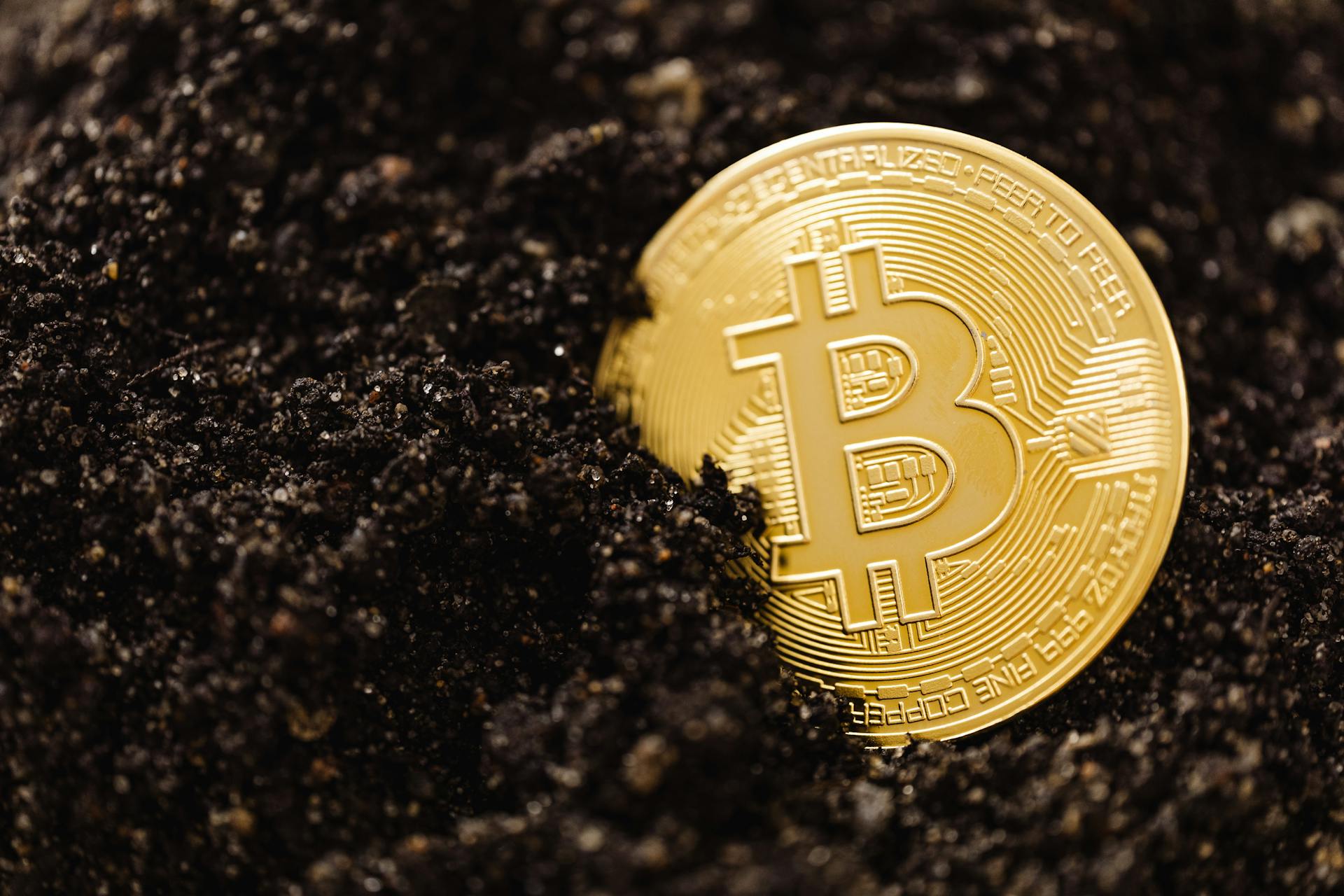Bitcoin’s fourth halving has slashed the generation of new BTC as 45% of coins already in circulation remain unmoved in three years or more. The tightening supply of available coins relative to demand has helped push Bitcoin’s USD price up 650% since the last halving in 2020. Miners had been net sellers of BTC for more than five months leading up to the latest halving and some believe they could remain in this state for several more months as they adjust to constrained block rewards.
However, Bitcoin’s hash rate shows there has been no material decline in computing power devoted to the network thus far. If the upward trajectory of the hash rate holds, it may suggest that miners remain broadly profitable and financially stable with BTC’s unit price around $67,000. That may curtail the need for miners to dig further into their reserves to pay for overhead costs like electricity, lending support to further price appreciation in BTC.
Related Assets & ETFs: Bitcoin (BTC-USD), Ethereum (ETH-USD), Valkyrie Bitcoin Miners ETF (WGMI), ProShares Ether Strategy ETF (EETH)
Bitcoin’s fourth “halving” finally came to pass on April 19. As we noted in our most recent Weekly Crypto Wrap, this means that the reward associated with a miner “solving” a new block of transactions (tx) in the canonical chain of previous blocks (hence, blockchain) has been slashed from 6.25 BTC to 3.125 BTC. The halving is a critical pillar of Bitcoin’s programmatic monetary policy, occurring once every 210,000 blocks – equivalent to roughly four years’ time. This gradual reduction of Bitcoin’s inflation rate will continue automatically until 2140 when the final Bitcoin is mined. As it stands, nearly 19.7 million BTC of the hard-capped 21.0 million limit (or 93.8%) has been mined, exemplifying just how scarce new Bitcoin will be throughout the next century.
Moreover, more than 45% of the circulating supply has not been transacted in three years or more, despite the significant price volatility which has characterized that period. This suggests that long-term adopters of Bitcoin have made a large portion of the supply relatively illiquid, demonstrating resilience against both large run-ups in price, as well as painful drawdowns. Patience has rewarded that cohort well. Throughout the last halving cycle (called an epoch) between May 11, 2020 and April 19, 2024, the unit price of BTC in US Dollar terms appreciated by roughly 650% – skyrocketing from around $8,600 to $64,500.
In the simplest terms, the Bitcoin network can be understood as a public ledger of instantly verifiable transactions. The currency in which this ledger is denominated is BTC and each tx is loaded into a “block” of other txs which stores all of the data associated with them. Mining is an output of computing power that serves to verify the sequencing of blocks and avoid any double-spending of coins. Miners utilize a hashing algorithm to successfully find a random number known as a “nonce” that solves a block. This process takes about 10 minutes on average, according to a Poisson distribution, meaning that 144 blocks are mined per day. Those blocks, therefore, produce…
To read the complete Intelligence Briefing, current All-Access clients, SIGN IN All-Access clients receive the full-spectrum of MRP’s research, including daily investment insights and unlimited use of our online research archive. For a free trial of MRP’s All-Access membership, or to save 50% on your first year by signing up now, CLICK HERE










